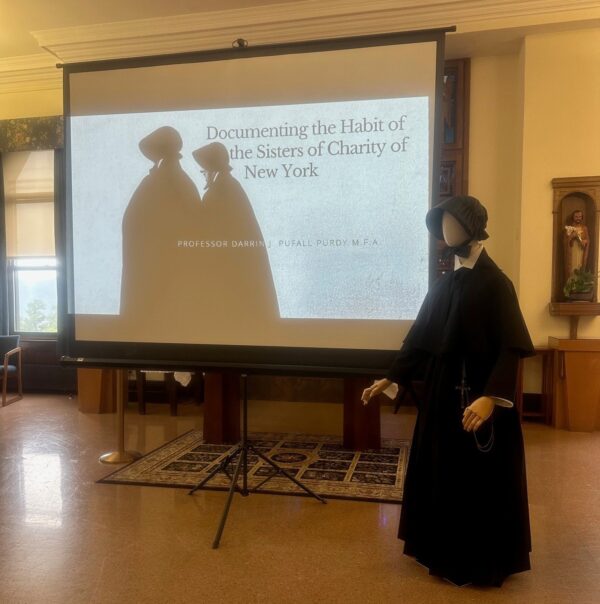
By Mindy Gordon, Director, Archives
The archives of the Sisters of Charity of New York (SCNY) were fortunate to host Professor Darrin Pufall Purdy, MFA, Director of Theater and Costume Design at Boise State University, during research visits to the Mount Saint Vincent campus during 2021, 2022 and 2023. Prof. Pufall Purdy’s research seeks to document how the individualized habits of orders of women religious were patterned and sewn, worn, and maintained. He holds a Master of Fine Arts in Costume Design and Technology from the University of Florida and received a grant from Boise State University’s School of the Arts to derive patterns from authentic habits to contribute to an original resource for designers.
Prof. Pufall Purdy’s initial research which inspired this project, revealed the lack of available resources and research for costume designers to consult when creating clothing for characters within religious communities, specifically, sisters, nuns, priests, monks, and friars.
During his visits to the Mount Saint Vincent archives he has documented specific details about differences in habit styles for postulants and novices, regulations for types and weights of fabric, as well as maintenance and mending practices used between 1809 and 1968, during the last year that the New York sisters were required to wear the traditional habit.
The components preserved at the archives comprise one full traditional habit, including tunic, cape, apron, high collar, cuffs, cap, outer cloak, and outer bonnets, although no accurate paper patterns were retained for these features. Therefore, the fabric pieces were used to create new patterns. Prof. Pufall Purdy stated, “The sisters’ habit “bore an excellent design in every detail from proportion to the pleats in the cape and folds in the apron.”
Sr. Elizabeth Vermaelen, President of the New York Congregation from 1995-2003, who wore the traditional habit for nearly two decades. worked directly with Prof. Pufall Purdy to inform particulars about fabric, tailoring, and maintenance, as well as the sisters’ use of recycled materials to create patterns from cereal box cardboard for cap brims, plastic bleach bottles for collars and cuffs, and floral boxes for storage of the cape and apron to ‘press’ under the mattress. Sr. Elizabeth explained that each sister was responsible to sew and repair their own habit, sometimes guided, or assisted by another Congregation member. She revealed an unusual feature of the tunic known as a ‘death tuck,’ a six-inch tuck sewn an inch and a half above the hem of the skirt that was released after the death of a sister and pulled down to cover the feet in the coffin before burial. “I enjoyed working with Darrin,” stated Sr. Elizabeth, “his expertise at pattern-making will replicate the style of habit worn by the Community.”
On Thursday August 10 at the Mount Saint Vincent Convent, Prof. Pufall Purdy presented the habit created from the patterns he derived from the remaining components to the sisters. During the presentation, he detailed process to produce accurate patterns by creating paper patterns from the original pieces according to the process used by the sisters. Those in attendance shared their reminiscences of wearing and mending the habit in a lively interchange, from which additional important information has been gleaned to add to the rich history and documentation of the precious garb.
Prof. Pufall Purdy seeks to continue his research working with congregations of women religious in the United States and Canada. Due to the growing need for information and research on these topics, his broad goal is to work with other religious communities in the United States to document the specifics of each habit type. Although some religious community archives contacted for this continuing project have preserved examples of Pre-Vatican II traditional garb and/or patterns overall, there are few resources to provide accurate representations to guide costume designers for theatre, film, and television productions. Existing photographs and first-hand accounts are important records however, not all communities have documented this fashion history.
The paper and digital patterns created by Prof. Pufall Purdy, and a replica of the habit sewn from the pattern have been donated to the Congregation to be preserved in the archives.

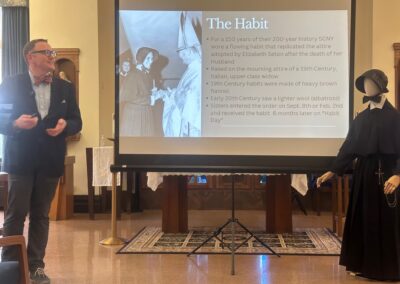
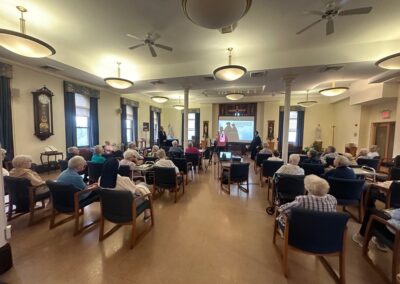
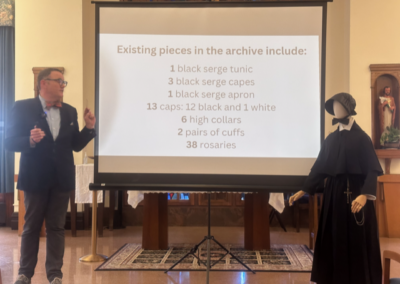

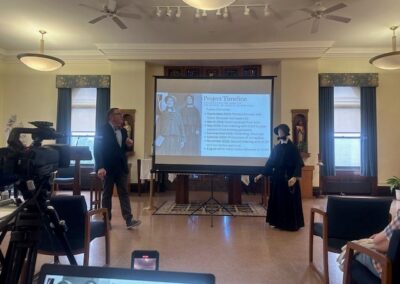

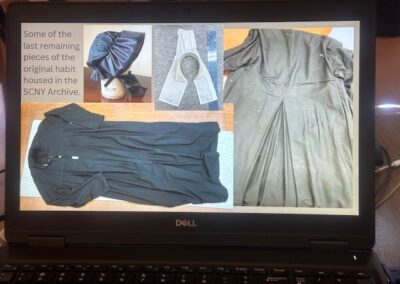


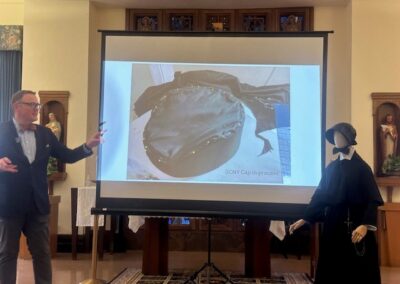
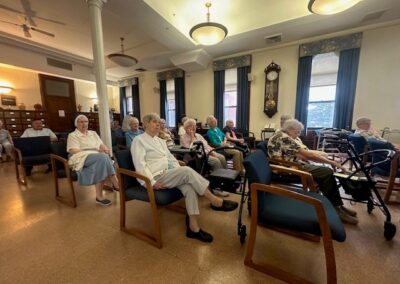
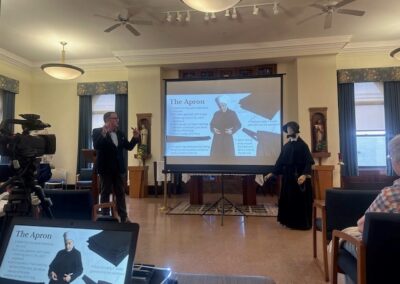
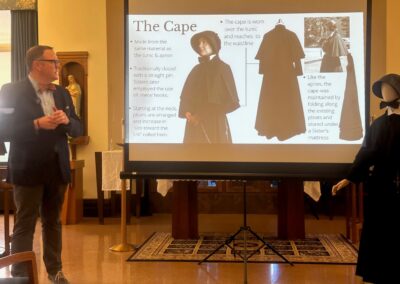
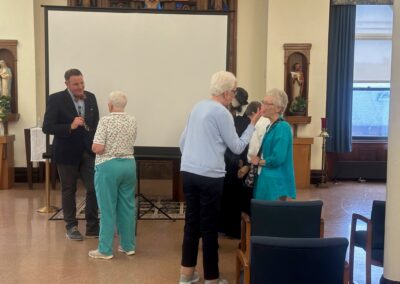
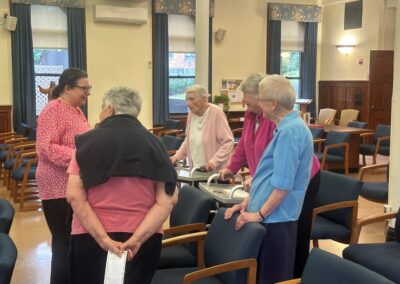
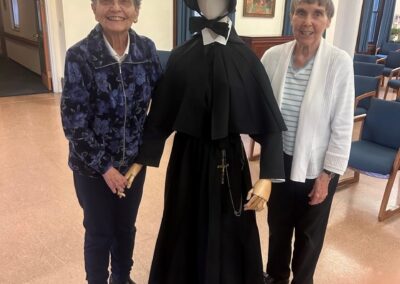
Wow….very impressive to preserve the Religious Habits of Women Religious….I believe important part of their legacies
Wow it is amazing that he undertook such a project and I am surprised that the good Sisters didn’t have a pattern. I wish all religious communities still wore the habit. I am so happy I grew up when they were worn. Younger generations don’t even know what a Sister or Brother is today and that’s very very sad. I love the Sisters of Charity of Mount Saint Vincent. God bless them all
Very interesting thank you
I was never taught by the Sistersof Chsrity, NY…but Ibwas admitted tho St Vincent de Paul, when I was involved in a car accident a very long time ago. The Hospital then was administered and staffed by Nursing Sisters of the Community…..I do recall their Religious Habits,the Nursing Sisters wore a white version…
i remmber the the old nuns and the old nuns old habbits sr marilda joseph sc still in her old garb r i p i loved all the nuns, all r i p
Absolutely fascinating!!
I had Aunts who were Adrian Dominicans…. And their Habits were gorgeous!!!!… I am now a Francisan Brother… I wear the full traditional Habit very proudly… and agree that more congregations should return to wearing the Habit!
Thanks for this informational post…can eventually be used for refernces…..thank you